Home>Garden Essentials>When Is Best Time To Plant Sunflower Seeds
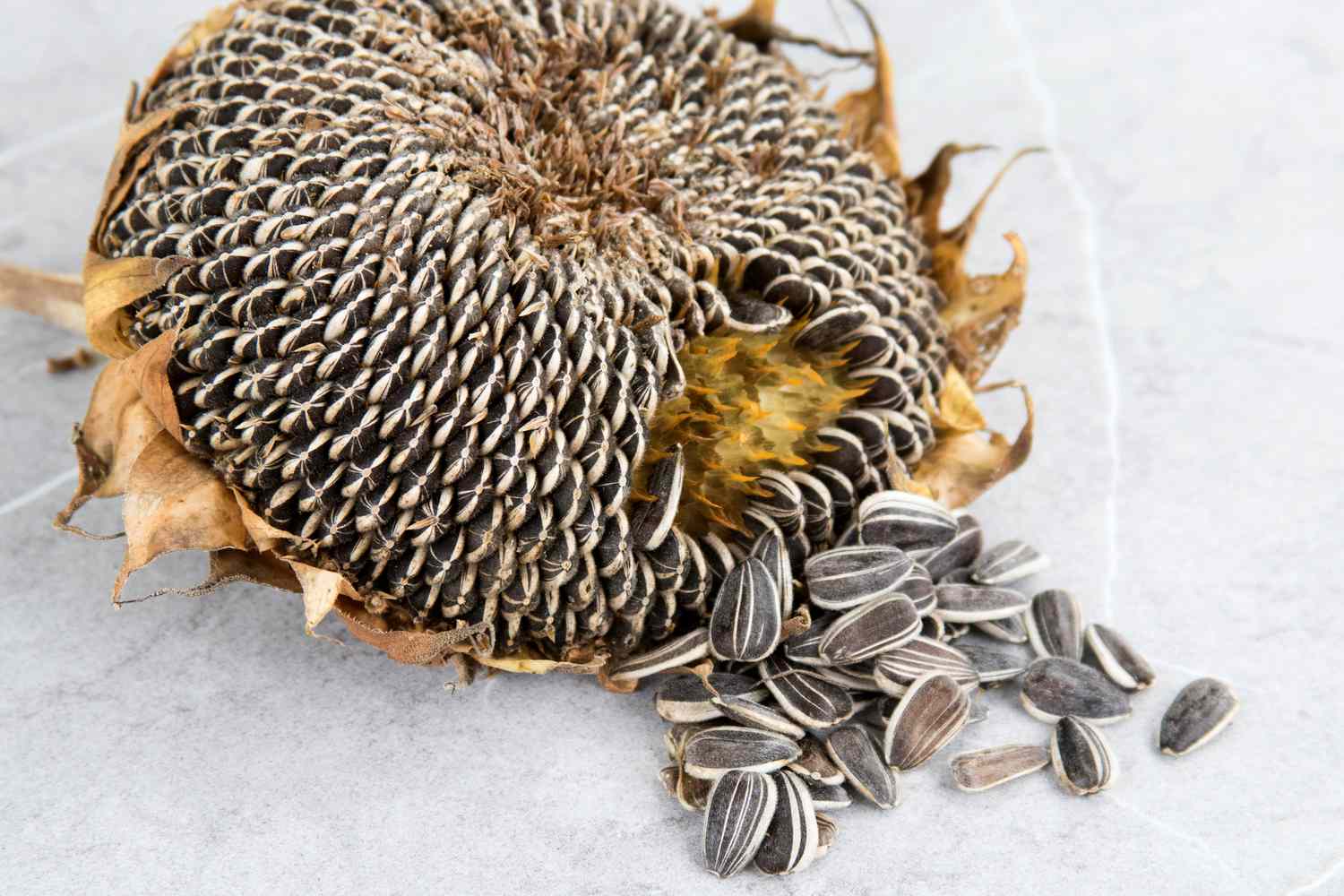

Garden Essentials
When Is Best Time To Plant Sunflower Seeds
Modified: August 27, 2024
Discover the best time to plant sunflower seeds in your garden and ensure a vibrant display of these stunning flowers.
(Many of the links in this article redirect to a specific reviewed product. Your purchase of these products through affiliate links helps to generate commission for Storables.com, at no extra cost. Learn more)
Introduction
Gardening enthusiasts and nature lovers are no strangers to the beauty and charm of sunflowers. These vibrant flowers, with their large yellow blooms and towering heights, have the ability to add a touch of joy and warmth to any garden or landscape. But when is the best time to plant sunflower seeds to ensure a successful and bountiful harvest?
While sunflowers are relatively easy to grow, understanding the optimal time for planting plays a crucial role in their growth and development. Factors such as climate conditions, soil preparation, and choosing the right sunflower seeds all contribute to the success of your sunflower planting endeavor.
In this article, we will explore the various factors to consider when planting sunflower seeds and determine the best time to embark on this exciting gardening venture.
Key Takeaways:
- Plant sunflower seeds in late spring to early summer after the last frost for vibrant blooms. Consider climate, soil, and seed selection for a successful growing experience.
- Harvest sunflower seeds when the back of the flower heads turn yellow or brown. Dry, extract, and store seeds for a tasty and nutritious treat.
Read more: When To Plant Sunflower Seeds In Ohio
Factors to Consider When Planting Sunflower Seeds
Before diving into the best time to plant sunflower seeds, it is important to consider several factors that can affect the success of your sunflower planting endeavor. These factors include:
- Climate Conditions: Sunflowers thrive in areas with long, hot summers and relatively mild winters. They require ample sunlight, with at least 6-8 hours of direct sunlight per day. Additionally, sunflowers are drought-tolerant and prefer well-drained soil.
- Soil Preparation: Sunflowers prefer loamy, well-drained soil with a pH level between 6.0 and 7.5. Before planting, it is essential to prepare the soil by loosening it with a garden fork or tiller and removing any weeds or debris.
- Seed Selection: There are different varieties of sunflower seeds available, each with unique characteristics such as height, color, and bloom size. Determine the purpose of your sunflowers, whether for aesthetics, bird feed, or seed production, and select the appropriate variety accordingly.
- Garden Space: Consider the available garden space or containers for planting sunflowers. Some varieties can grow up to 10 feet tall and require sufficient room to spread out their roots and foliage.
By taking these factors into account, you can ensure that your sunflowers have the ideal conditions for healthy growth and abundant blooms.
Best Time to Plant Sunflower Seeds
The best time to plant sunflower seeds varies depending on your location and climate. In general, it is recommended to sow sunflower seeds after the last frost date in your region.
For most regions, late spring to early summer is the ideal time to plant sunflower seeds. This ensures that the soil has warmed up sufficiently, promoting faster germination and growth. The soil temperature should be around 50 to 60 degrees Fahrenheit (10 to 15 degrees Celsius) for optimal germination.
If you live in a region with a shorter growing season or cooler climate, you may choose to start your sunflowers indoors about 2 to 3 weeks before the last frost date. This gives the plants a head start and increases the chances of a successful harvest.
It’s important to keep in mind that sunflowers have a relatively short growing season, typically ranging from 70 to 100 days from sowing to maturity. Therefore, it’s essential to plan accordingly to allow the sunflowers ample time to grow and bloom before the arrival of frost or cold temperatures.
Additionally, if you are planting sunflowers to enjoy their blooms during a specific season, consider the desired flowering dates. Different varieties of sunflowers have varying maturity periods, so selecting the right variety will ensure that your sunflowers bloom at the desired time.
Remember to check your local frost dates and consult gardening resources specific to your region for the most accurate information on the best time to plant sunflower seeds in your area. This will help you determine the optimal planting time and maximize your chances of a successful sunflower growing experience.
Climate Conditions for Sunflower Planting
Sunflowers are typically grown in regions with warm, sunny climates. They thrive in areas with long summer days and ample sunlight. Understanding the climate conditions necessary for sunflower planting is crucial to ensuring their successful growth and production.
Temperature:
Sunflowers are warm-season plants and require a minimum soil temperature of 50 to 60 degrees Fahrenheit (10 to 15 degrees Celsius) for optimal germination. They prefer daytime temperatures between 70 and 90 degrees Fahrenheit (21 to 32 degrees Celsius). While they can tolerate some fluctuations in temperature, extreme heat or frost can negatively impact their growth.
Sunlight:
Sunflowers are sun-loving plants that require at least 6 to 8 hours of direct sunlight each day. They turn their heads to follow the sun, a phenomenon known as heliotropism, maximizing their exposure to sunlight. Insufficient sunlight can lead to weak and stunted plants with smaller blooms.
Rainfall and Watering:
Sunflowers are adaptable to different rainfall conditions, but they generally prefer well-drained soil. Excessive moisture can cause their roots to rot, leading to poor growth or even plant death. Adequate irrigation is crucial during their early stages of growth, but once established, they are relatively drought-tolerant.
Wind:
As tall plants, sunflowers can be susceptible to wind damage. In regions with strong winds, it is advisable to provide support or protection to prevent the plants from bending or breaking. Planting sunflowers near a fence, wall, or using stakes can help shield them from excessive wind.
It’s important to note that sunflowers can be adapted to various climates with proper care and attention. However, areas with longer growing seasons, plenty of sunlight, and mild temperatures are most conducive to their successful growth and blooming.
Before planting sunflowers, it is recommended to research and understand the specific climate requirements for your region. Local gardening experts, agricultural extension offices, or online resources can provide valuable insights into the climate conditions necessary for sunflower planting in your area.
Soil Preparation for Sunflower Planting
Proper soil preparation is essential to provide sunflowers with the necessary nutrients and optimal growing conditions. Before planting sunflower seeds, it’s important to prepare the soil by following these steps:
1. Test the soil: Conduct a soil test to determine its pH level and nutrient content. Sunflowers thrive in slightly acidic to neutral soil with a pH level between 6.0 and 7.5. The soil test will also indicate any deficiencies that need to be addressed before planting.
2. Clear the area: Remove any weeds, rocks, or debris from the planting area. Sunflowers require ample space, so ensure there is enough room for them to grow and spread their roots.
3. Loosen the soil: Use a garden fork or tiller to loosen the soil to a depth of around 12 to 18 inches (30 to 45 centimeters). This will improve drainage, aeration, and the root penetration of the sunflowers.
4. Add organic matter: Incorporate organic matter such as compost or well-rotted manure into the soil. This enriches the soil with essential nutrients, improves soil structure, and enhances moisture retention.
5. Fertilize if needed: Based on the soil test results, apply a balanced organic or slow-release fertilizer to provide the necessary nutrients for the sunflowers. Follow the recommended application rates based on the fertilizer packaging instructions.
6. Level the soil: Rake the soil to create a smooth, level surface for planting. This will help ensure uniform growth and prevent water pooling.
7. Consider drainage: Sunflowers prefer well-drained soil to prevent waterlogging, which can lead to root rot. If the soil tends to retain moisture, consider incorporating sand or perlite to improve drainage.
By following these steps, you will create an ideal growing environment for sunflowers. The enriched soil will provide the necessary nutrients for strong and healthy plant growth, while good drainage will help prevent water-related issues.
It’s important to note that sunflowers are relatively tolerant of different soil conditions, but well-prepared soil will support optimal growth and maximize your chances of success. Regular soil testing and amending may be necessary over time to maintain soil fertility and address any deficiencies.
Choosing the Right Sunflower Seeds
When it comes to choosing sunflower seeds, there are a few key factors to consider that can greatly impact the success and satisfaction of your sunflower planting experience. Here are some important points to keep in mind when selecting sunflower seeds:
1. Variety: Sunflowers come in a wide variety of shapes, sizes, and colors. Consider your preferences and the purpose of planting sunflowers to determine the best variety. If you’re looking for tall sunflowers to create a dramatic effect in the garden, go for varieties such as ‘Giant Russian’ or ‘Mammoth’. If you want a more compact variety for containers or smaller spaces, consider ‘Teddy Bear’ or ‘Pacino’. Research different varieties and choose the one that matches your desired aesthetic and purpose.
2. Height: Sunflowers can range in height from a few feet to over 10 feet. Take into consideration the available space in your garden or the size of your containers when selecting a sunflower variety. Make sure that the height of the sunflower aligns with your gardening needs and won’t overshadow or crowd other plants.
3. Bloom Size: Sunflowers offer varying bloom sizes, from small and compact to large and showy. Consider the desired visual impact and the size of the garden area when selecting a bloom size. Also, keep in mind that sunflower blooms can be single-stemmed or multi-branched, with each type offering its own unique beauty.
4. Seed Quality: Choose high-quality sunflower seeds from reputable seed suppliers or garden centers. Look for seeds that are plump, firm, and free from mold or damage. Selecting fresh and viable seeds increases the chances of successful germination and healthy plant growth.
5. Edible or Ornamental: Decide whether you want to grow sunflowers for their ornamental value or for harvesting seeds. If you’re interested in harvesting seeds for snacking or bird feed, select varieties specifically bred for seed production, such as ‘Black Oil’ or ‘Striped’.
6. Climatic Adaptability: Consider the specific climatic conditions in your region and choose sunflower varieties that are adapted to that particular climate. Some varieties are better suited to cooler climates, while others thrive in hot and dry conditions. Consult local gardening resources or seed catalogs that provide information on the recommended varieties for your area.
By carefully selecting the right sunflower seeds for your needs and growing conditions, you can ensure a successful and rewarding sunflower planting journey. Whether you’re looking to create a stunning display in your garden or enjoy the delicious seeds they produce, the right choice of sunflower seeds will set you on the path to a thriving sunflower garden.
Planting Sunflower Seeds in Garden Beds
Planting sunflower seeds in garden beds is a straightforward process that can yield impressive results. Follow these steps to ensure successful planting and growth:
1. Choose a sunny spot: Select a location in your garden that receives at least 6-8 hours of direct sunlight each day. Sunflowers thrive in full sun, so avoid planting them in shady or partially shaded areas.
2. Prepare the soil: Before planting, prepare the soil by removing any weeds or debris. Loosen the soil with a garden fork or tiller to improve drainage and root penetration. Incorporate compost or well-rotted manure into the soil to enrich it with nutrients.
3. Sow the seeds: Dig shallow trenches in the soil, about 1 to 2 inches (2.5 to 5 centimeters) deep. Space the trenches at least 12 to 24 inches (30 to 60 centimeters) apart, depending on the desired size of the mature sunflowers. Place the sunflower seeds in the trenches, spacing them about 6 to 12 inches (15 to 30 centimeters) apart.
4. Cover and water: Gently cover the seeds with soil, ensuring they are evenly spaced and at the appropriate depth. Lightly press the soil down to ensure good seed-to-soil contact. Water the area thoroughly, keeping the soil consistently moist but not waterlogged.
5. Provide support: If you are growing tall varieties of sunflowers, it is recommended to provide support for them. Insert stakes or install trellises or cages near the planting area before sowing the seeds. As the sunflowers grow, gently tie or secure them to the support structure to prevent bending or breaking.
6. Maintain proper spacing: As the sunflowers grow, thin them out if necessary to maintain proper spacing. Depending on the variety, thin the seedlings to about 18 to 24 inches (45 to 60 centimeters) apart. This will allow each sunflower enough room to develop a strong and healthy root system.
7. Water and mulch: Water the sunflowers regularly, especially during dry spells, to keep the soil consistently moist. Apply a layer of mulch around the base of the plants to help retain soil moisture and suppress weed growth. Avoid placing mulch directly against the stems to prevent rotting.
8. Monitor and care: Keep an eye out for pests and diseases, and take appropriate measures if any problems arise. Monitor the growth of the sunflowers and provide additional support if needed as they mature. Consider fertilizing with a balanced organic fertilizer once or twice during the growing season to provide additional nutrients.
By following these steps and providing proper care, you can enjoy the beauty of sunflowers growing in your garden beds. Their vibrant blooms will add color and charm to your outdoor space while attracting pollinators and bringing joy to your gardening experience.
The best time to plant sunflower seeds is in late spring or early summer, when the soil temperature has reached at least 55°F (13°C). This will give the seeds the best chance to germinate and grow successfully.
Planting Sunflower Seeds in Containers or Pots
If you have limited space or no garden beds available, you can still enjoy the beauty of sunflowers by planting them in containers or pots. Follow these steps for successful sunflower planting in containers:
1. Choose the right container: Select a large container with a minimum diameter of 12 inches (30 centimeters) to accommodate the sunflower’s roots. Ensure the container has drainage holes to prevent waterlogging.
2. Use a well-draining potting mix: Fill the container with a high-quality potting mix that is well-draining. Avoid using garden soil, as it tends to compact in containers and hinder root growth.
3. Prepare the soil: Moisten the potting mix before planting. This will help the seeds settle in and provide better moisture retention for germination.
4. Sow the seeds: Plant the sunflower seeds in the potting mix, following the recommended spacing for the specific variety. Place them about 1 inch (2.5 centimeters) deep and cover them with a thin layer of potting mix.
5. Provide support (optional): If you are planting tall sunflower varieties, it’s advisable to provide support for them. Insert a stake or a tall trellis into the container before sowing the seeds, being careful not to damage the seeds or young seedlings.
6. Water regularly: Keep the soil consistently moist by watering the container regularly. Check the moisture level daily, especially during hot and dry periods. Avoid overwatering, as it can lead to root rot. Ensure proper drainage by emptying excess water from saucers or trays.
7. Place in a sunny location: Position the container in a spot that receives full sun, preferably 6-8 hours of direct sunlight each day. Sunflowers require ample sunlight for healthy growth and blooms.
8. Rotate the container: To ensure even growth, periodically rotate the container every few days to prevent the sunflowers from leaning or growing towards only one direction.
9. Monitor growth and care: Keep an eye on the sunflower seedlings as they grow. Thin or transplant them to maintain proper spacing if necessary. Fertilize with a balanced organic fertilizer once a month to provide ongoing nutrients.
10. Provide wind protection: Due to their height, sunflowers planted in containers may be susceptible to strong winds. Place the container in a sheltered location or use windbreaks to protect the plants from damage.
By planting sunflower seeds in containers, you can enjoy the beauty of these cheerful flowers on balconies, patios, or even indoors. Watching the sunflowers grow and bloom in containers will bring joy and a touch of nature to any small space.
Caring for Sunflower Seedlings
Caring for sunflower seedlings is crucial to ensure their healthy growth and development. Here are some essential tips for nurturing your sunflower seedlings:
1. Watering: Sunflower seedlings need consistent moisture to establish healthy roots. Water the seedlings regularly, keeping the soil evenly moist but not waterlogged. Avoid overwatering, as it can lead to root rot. Monitor the moisture level by checking the soil with your finger or using a moisture meter.
2. Thinning: If you planted multiple seeds in the same location, thin the seedlings once they have developed their first set of true leaves. Remove the weaker or overcrowded seedlings, leaving the strongest ones with ample space to grow. Proper spacing ensures that each sunflower receives enough nutrients and light for optimal growth.
3. Providing Support: As the sunflower seedlings grow taller, it may be necessary to provide support to prevent them from bending or breaking. Insert stakes or install tall cages next to the seedlings, gently tying them to the support structure using soft ties or twine. This will help the seedlings grow upright and ensure the development of strong stems.
4. Fertilizing: Sunflowers generally do not require heavy fertilization, but a light application of balanced organic fertilizer can provide supplemental nutrients. Apply a slow-release or granular fertilizer around the base of the seedlings, following the manufacturer’s instructions. Avoid excessive nitrogen fertilization, as it can lead to excessive foliage growth with fewer blooms.
5. Protecting from Pests: Keep an eye out for common pests that may affect sunflower seedlings, such as aphids, slugs, or snails. Regularly inspect the plants and take appropriate measures to control pests if necessary. You can use organic pest control methods like neem oil or introduce beneficial insects to the garden.
6. Monitoring Sunlight: Sunflowers require ample sunlight to grow vigorously and produce large blooms. Ensure that the seedlings receive at least 6-8 hours of direct sunlight per day. If they are grown indoors, place them near a sunny window or provide supplemental grow lights to mimic natural sunlight.
7. Weed Control: Remove any weeds or unwanted plants near the sunflower seedlings. Weeds compete with the sunflowers for resources and may hinder their growth. Use manual removal or apply a layer of mulch around the base of the seedlings to suppress weed growth.
8. Observing and Adjusting: Regularly observe the growth of the seedlings and make any necessary adjustments. If the seedlings appear leggy or are leaning towards one direction, rotate the container or provide additional support. Pinch back any overly long or crowded stems to promote bushier growth.
By providing proper care and attention to your sunflower seedlings, you can foster their healthy development into strong, vibrant plants. With consistent watering, adequate support, and protection from pests, your sunflower seedlings will thrive and bring joy with their majestic blooms.
Sunflower Seedling Care After Planting
Once you have planted your sunflower seedlings, it’s essential to continue providing proper care to ensure their continued growth and success. Here are some important steps for sunflower seedling care after planting:
1. Watering: Maintain a regular watering schedule to keep the soil consistently moist. Sunflower seedlings require about 1 inch (2.5 centimeters) of water per week. Water deeply, allowing the water to reach the root zone. Avoid overwatering, as it can lead to root rot. Adjust the watering frequency based on weather conditions and soil moisture levels.
2. Mulching: Apply a layer of organic mulch around the base of the sunflower seedlings. Mulch helps retain soil moisture, suppresses weeds, and regulates soil temperature. Use materials like straw, wood chips, or shredded leaves. Keep the mulch a few inches away from the stem to prevent rotting.
3. Support: If you are growing tall sunflower varieties, continue providing support as the seedlings grow taller. Regularly check the ties or stakes to ensure they are secure and not causing constriction. Adjust the ties as needed to accommodate the growth of the sunflowers.
4. Monitoring: Keep an eye on the sunflower seedlings for any signs of nutrient deficiencies, pests, or diseases. Inspect the foliage regularly for yellowing, spots, or curling leaves. Address any issues promptly by adjusting fertilization, applying organic pest control methods, or seeking advice from gardening experts.
5. Fertilizing: Sunflowers generally do not require excessive fertilization. However, if the seedlings show signs of nutrient deficiency, you can provide a light application of balanced organic fertilizer. Follow the manufacturer’s instructions for application rates and frequency. Avoid over-fertilizing, as it can lead to excessive foliage growth with fewer flowers.
6. Pruning: Monitor the growth of the sunflower seedlings and prune as needed. Pinch back any leggy or overly crowded stems to encourage bushier growth and air circulation. Pruning also helps redirect energy towards the development of stronger stems and larger flower heads.
7. Protect from Pests: Continue monitoring for pests like aphids, slugs, or caterpillars. Remove any visible pests by hand, and consider using organic pest control methods if necessary. Companion planting with pest-repellent herbs, like marigolds or basil, can also help keep pests at bay.
8. Supportive Measures: In regions with strong winds, consider providing additional protection to the sunflower seedlings. Use windbreaks or create a barrier around the plants to minimize the risk of damage.
By following these care guidelines, you can ensure the healthy growth and development of your sunflower seedlings. With proper watering, support, monitoring, and pest control, your sunflowers will flourish, providing you with vibrant blooms and a stunning display in your garden.
Common Issues and Troubleshooting
While sunflowers are generally hardy plants, they can face certain issues that may hinder their growth and health. Here are some common issues you may encounter when growing sunflowers and suggestions for troubleshooting:
1. Poor Germination: If your sunflower seeds fail to germinate, there may be several factors at play. Ensure that you are planting fresh, viable seeds. Check the soil temperature, as sunflowers require a minimum soil temperature of 50 to 60 degrees Fahrenheit (10 to 15 degrees Celsius) for germination. Inadequate moisture, extreme temperatures, or poor seed-to-soil contact can also affect germination. Adjust these factors accordingly and replant if necessary.
2. Wilting: If the sunflower seedlings start to wilt, it is an indication of water stress. Check the soil moisture level and adjust your watering schedule to ensure adequate hydration. Wilting can also occur due to overwatering, which leads to root rot. Ensure proper drainage and avoid waterlogged soil.
3. Nutrient Deficiencies: Yellowing leaves, stunted growth, or poor flowering can be signs of nutrient deficiencies. Conduct a soil test to determine any deficiencies and amend the soil with appropriate organic fertilizers or amendments. Additionally, providing a balanced organic fertilizer during the growing season can help prevent nutrient deficiencies.
4. Pest Infestations: Sunflowers can attract pests like aphids, slugs, or caterpillars. Monitor the plants regularly and take immediate action if you notice pest infestations. Use organic pest control methods such as neem oil, insecticidal soap, or introducing beneficial insects to combat pests. Companion planting with pest-repellent flowers and herbs can also help deter pests.
5. Diseases: Sunflowers can be susceptible to diseases such as powdery mildew or downy mildew. Preventive measures include providing good air circulation, avoiding overhead watering, and spacing plants adequately to promote drying. If diseases occur, remove affected plant parts and treat with appropriate organic fungicides following the instructions.
6. Stem Breakage: Tall sunflower varieties may be prone to stem breakage, especially during windy conditions. Provide support with stakes, trellises, or cages to prevent bending or breaking. Secure the plants to the support structure using soft ties or twine. Choose sturdier varieties or consider creating windbreaks to reduce the risk of stem breakage.
7. Bird Damage: Birds are attracted to sunflower seeds, which can result in damage to the developing flower heads. Use physical barriers such as netting or mesh to protect the sunflower heads during the ripening period. Harvest the seeds promptly to discourage bird feeding.
8. Weed Competition: Weeds compete with sunflowers for nutrients, water, and sunlight. Regularly remove weeds from around the sunflower plants to minimize competition. Apply a layer of organic mulch to suppress weed growth and conserve soil moisture.
By addressing these common issues promptly and taking appropriate measures, you can help your sunflowers overcome challenges and thrive. Regular monitoring, proper watering, pest control, and proactive care will promote healthy growth and increase your chances of enjoying beautiful and vibrant sunflowers in your garden.
Harvesting Sunflower Seeds
One of the most exciting parts of growing sunflowers is the opportunity to harvest and enjoy the delicious and nutritious seeds. Harvesting sunflower seeds requires proper timing and a few simple steps. Here’s how to harvest sunflower seeds:
1. Timing: Sunflower seeds are ready for harvest when the back of the flower heads turn yellow or brown, and the seeds appear plump and fully developed. The petals of the sunflower will have withered and fallen off. Monitor the sunflower heads regularly to determine the ideal harvest time.
2. Protection: As the sunflower heads mature, birds and other animals may be attracted to the seeds. To protect your harvest, cover the flower heads with mesh netting or cheesecloth. This will prevent birds and pests from accessing and consuming the seeds.
3. Preparing for Harvest: Before harvesting, gather the necessary tools, including a sharp knife or pruning shears, a clean and dry container for collecting the seeds, and gloves if desired. Find a clean and comfortable area to work.
4. Harvesting: To harvest sunflower seeds, hold the sunflower head with one hand and use the other hand to cut the stem about 4 to 6 inches (10 to 15 centimeters) below the flower head. Be careful not to damage the seeds while cutting. Place the harvested sunflower head into the collection container.
5. Drying: Once the sunflower heads are harvested, allow them to dry in a warm, well-ventilated area. Hang them upside down or lay them on a clean and dry surface. This drying process may take a few weeks. Ensure that the area is free from moisture and pests.
6. Seed Extraction: After the sunflower heads have dried, it’s time to extract the seeds. Rub or tap the dried sunflower head gently to dislodge the seeds. You can also use your fingers or a clean cloth to help remove the seeds. Be patient and thorough during this process to ensure maximum seed extraction.
7. Cleaning and Storing: After extracting the seeds, remove any remaining flower debris or plant material. Place the seeds in a sieve or colander and rinse them under running water to remove any remaining debris. Spread the seeds in a single layer on a clean, dry surface to air-dry completely. Once dried, store the sunflower seeds in airtight containers or sealable bags in a cool, dry, and dark place. Properly stored sunflower seeds can be enjoyed for several months.
8. Roasting and Consumption: If desired, you can roast the sunflower seeds to enhance their flavor. Spread the seeds on a baking sheet and roast in a preheated oven at around 325 degrees Fahrenheit (165 degrees Celsius) for 15-20 minutes. Monitor them closely to prevent burning. Allow the roasted seeds to cool before enjoying as a healthy snack or using them in various culinary preparations.
Harvesting sunflower seeds is a rewarding process that allows you to enjoy the fruits of your gardening efforts. By following these steps and properly drying and storing the seeds, you can continue to savor the taste of homegrown sunflower seeds long after the growing season has ended.
Conclusion
Planting sunflower seeds and watching them grow into tall, stunning blooms is a gratifying experience that brings beauty and joy to any garden. By understanding the best planting time, considering crucial factors like climate conditions and soil preparation, and providing proper care, you can ensure the success of your sunflower planting endeavor.
The best time to plant sunflower seeds is typically in late spring to early summer, after the last frost date in your region. Sunflowers require ample sunlight, well-drained soil, and consistent moisture to thrive. By choosing the right sunflower seeds, whether for their vibrant blooms or delicious seeds, you can tailor your gardening experience to meet your specific preferences.
Caring for sunflower seedlings involves proper watering, providing support for tall varieties, monitoring for pests and diseases, and addressing any nutrient deficiencies. Regular observation and adjustment throughout the growing season will promote healthy growth and enhance the chances of a bountiful sunflower harvest.
Harvesting sunflower seeds is a rewarding final step in the sunflower growing journey. Timing is key, ensuring the seeds are fully developed and the flower heads have turned yellow or brown. Following the proper harvesting techniques, drying the heads, extracting the seeds, and storing them correctly will allow you to enjoy the flavorful and nutritious sunflower seeds for months to come.
In conclusion, cultivating sunflowers provides not only a beautiful display of vibrant blooms but also an opportunity to connect with nature and indulge in the satisfaction of growing your own tasty seeds. Remember to adapt your planting and care techniques to suit the specific climate and conditions of your region. With the right approach and a little bit of patience, your sunflower garden will flourish, bringing joy and delight to both you and your surroundings.
Frequently Asked Questions about When Is Best Time To Plant Sunflower Seeds
Was this page helpful?
At Storables.com, we guarantee accurate and reliable information. Our content, validated by Expert Board Contributors, is crafted following stringent Editorial Policies. We're committed to providing you with well-researched, expert-backed insights for all your informational needs.

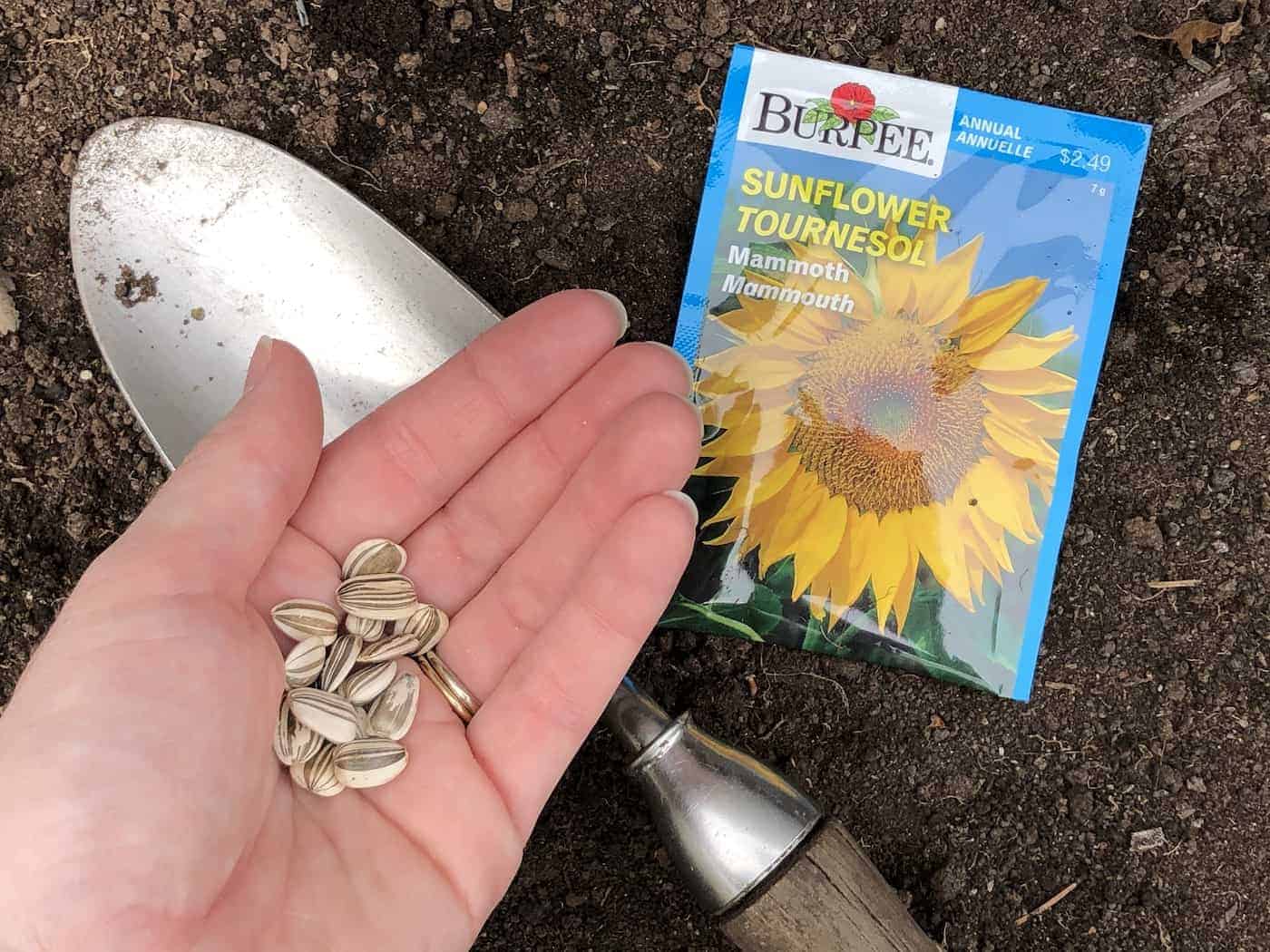

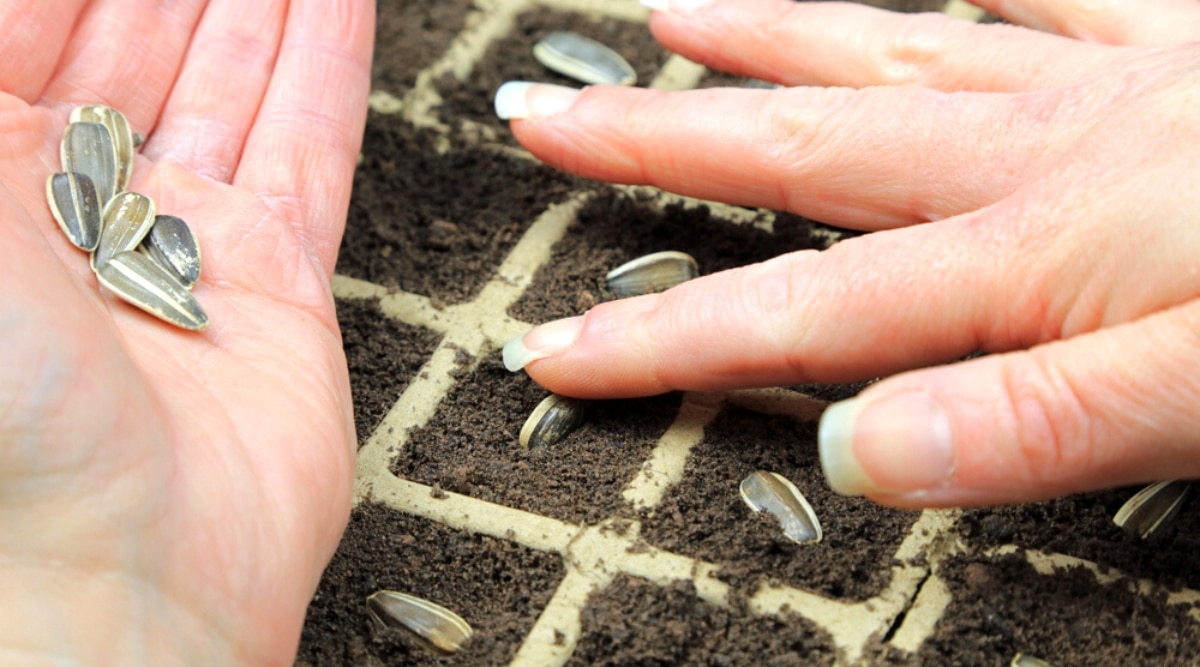
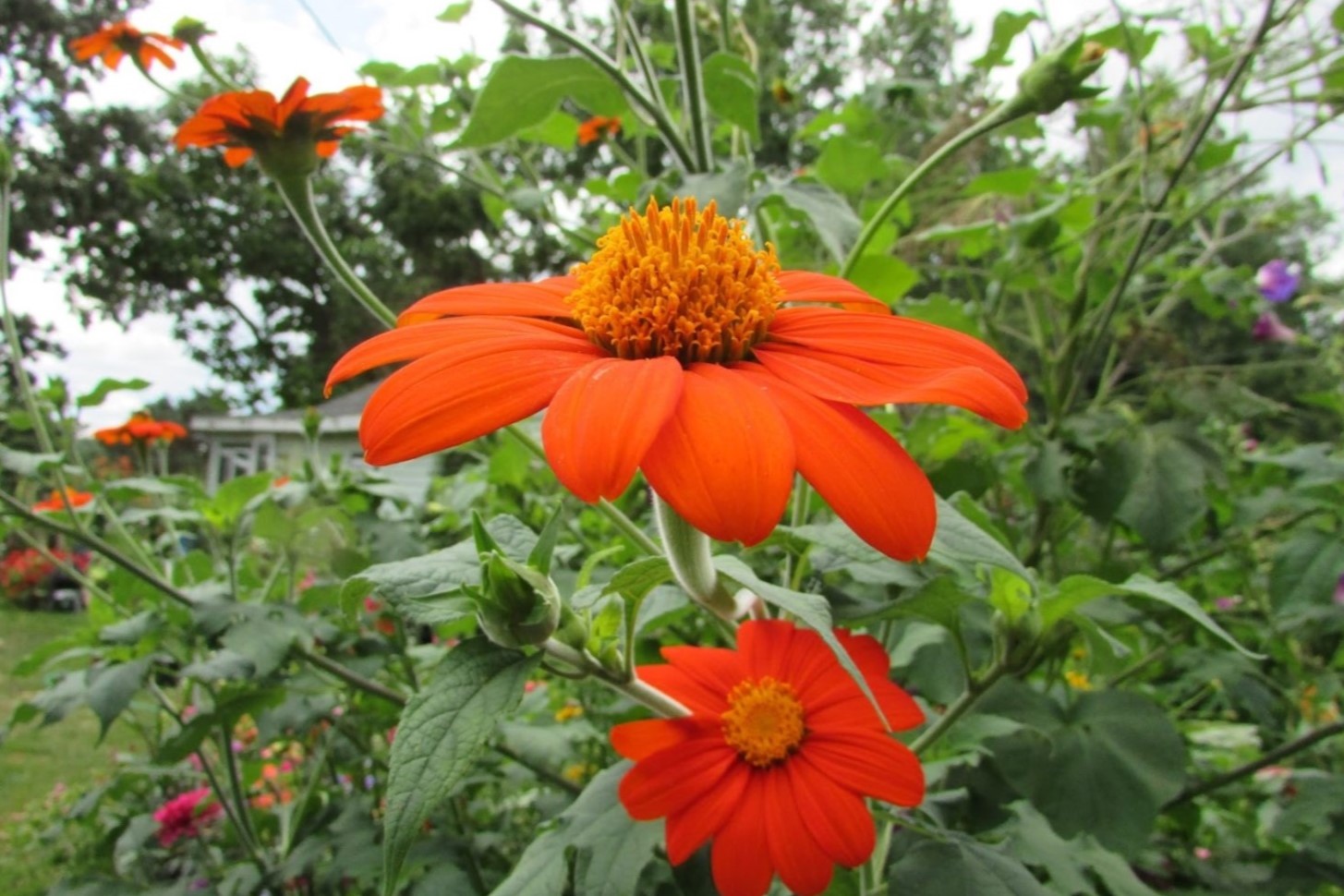
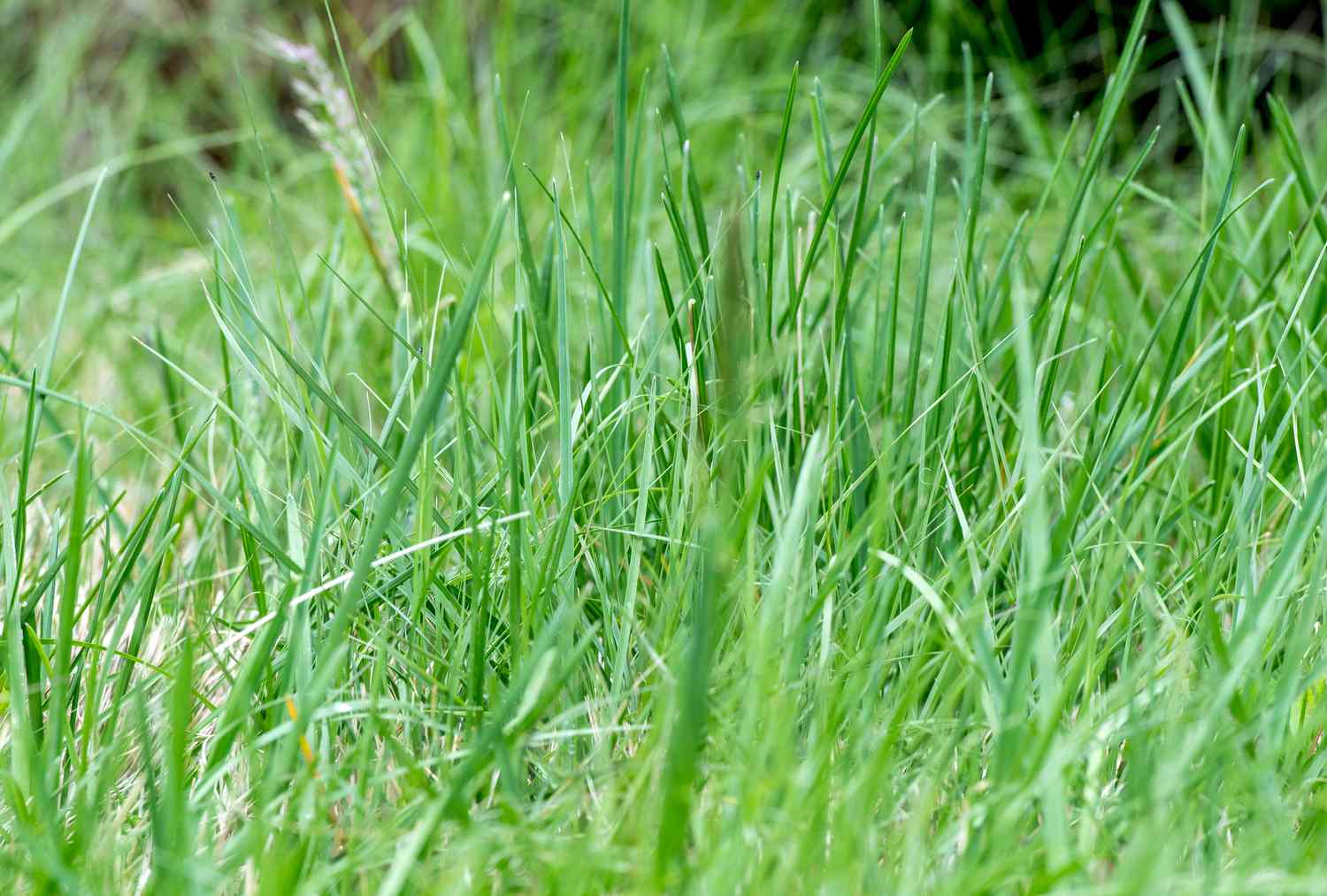
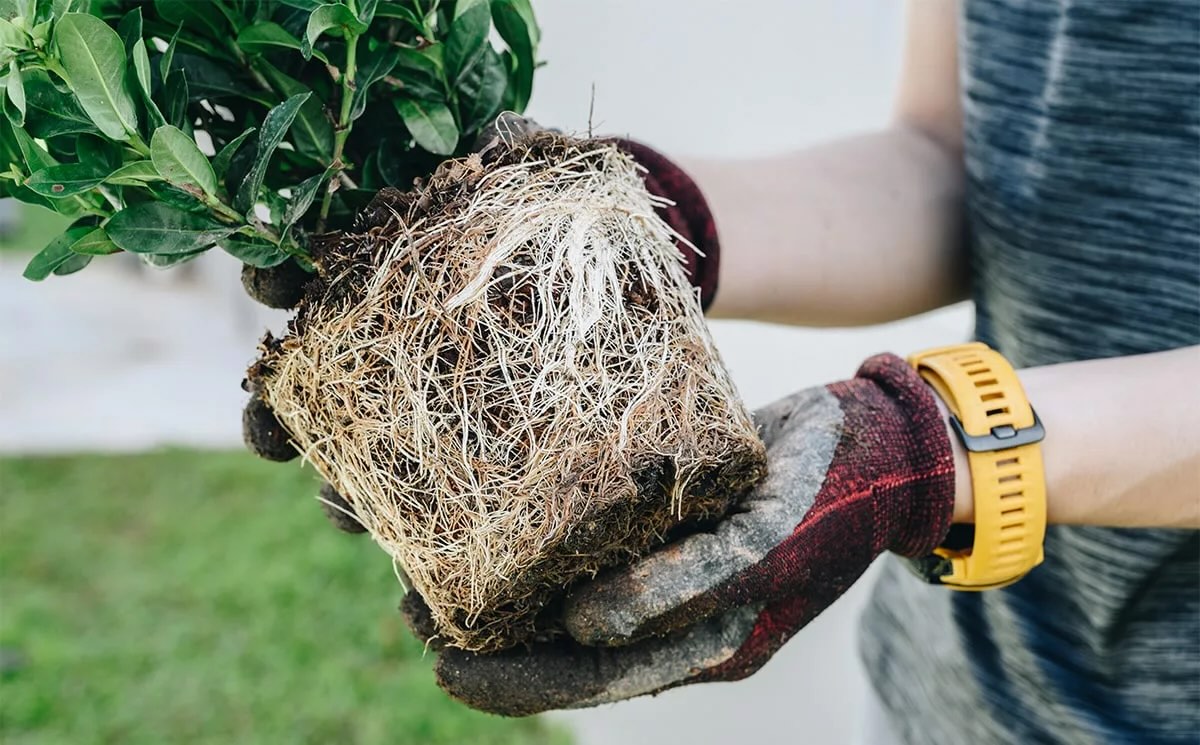
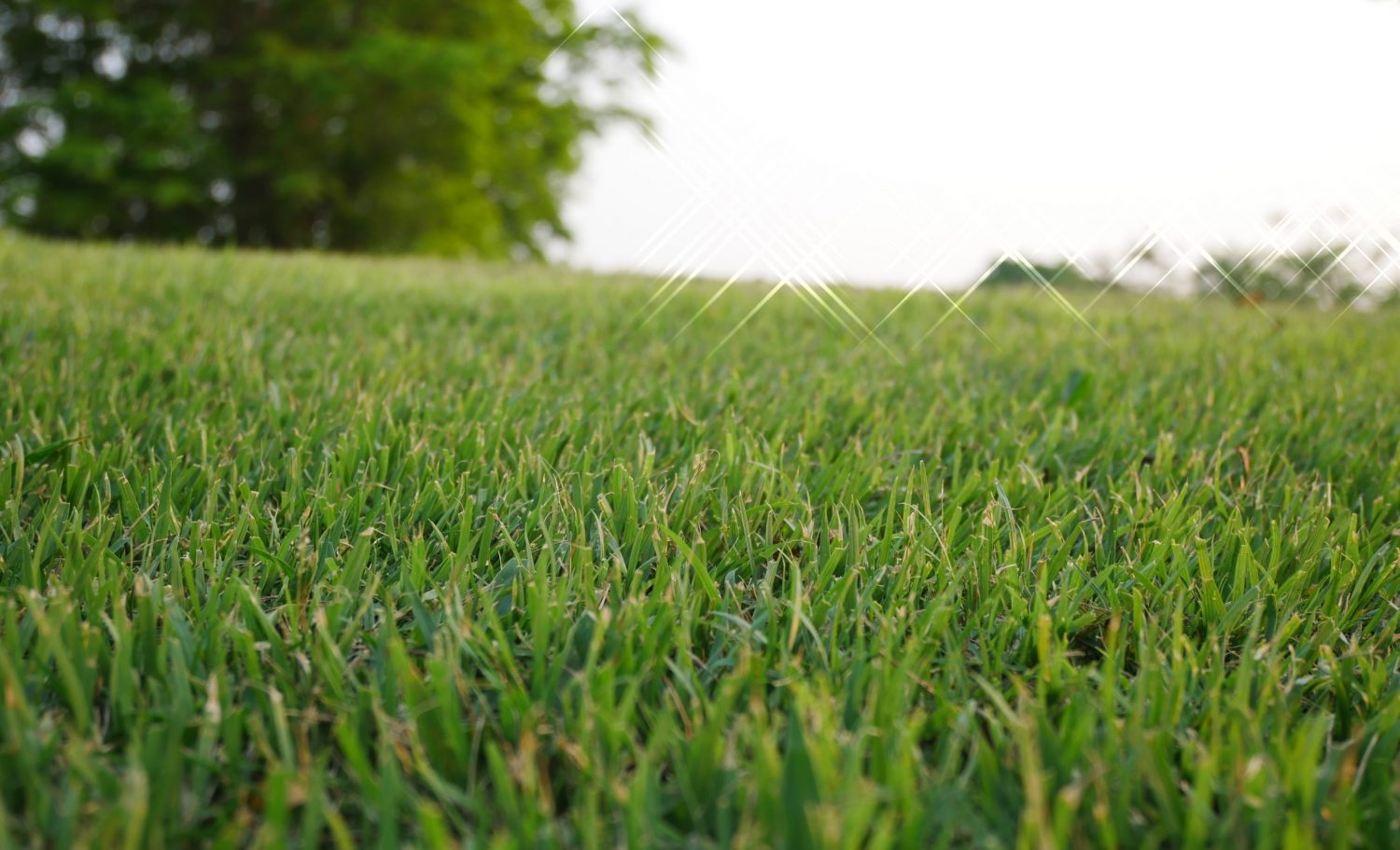
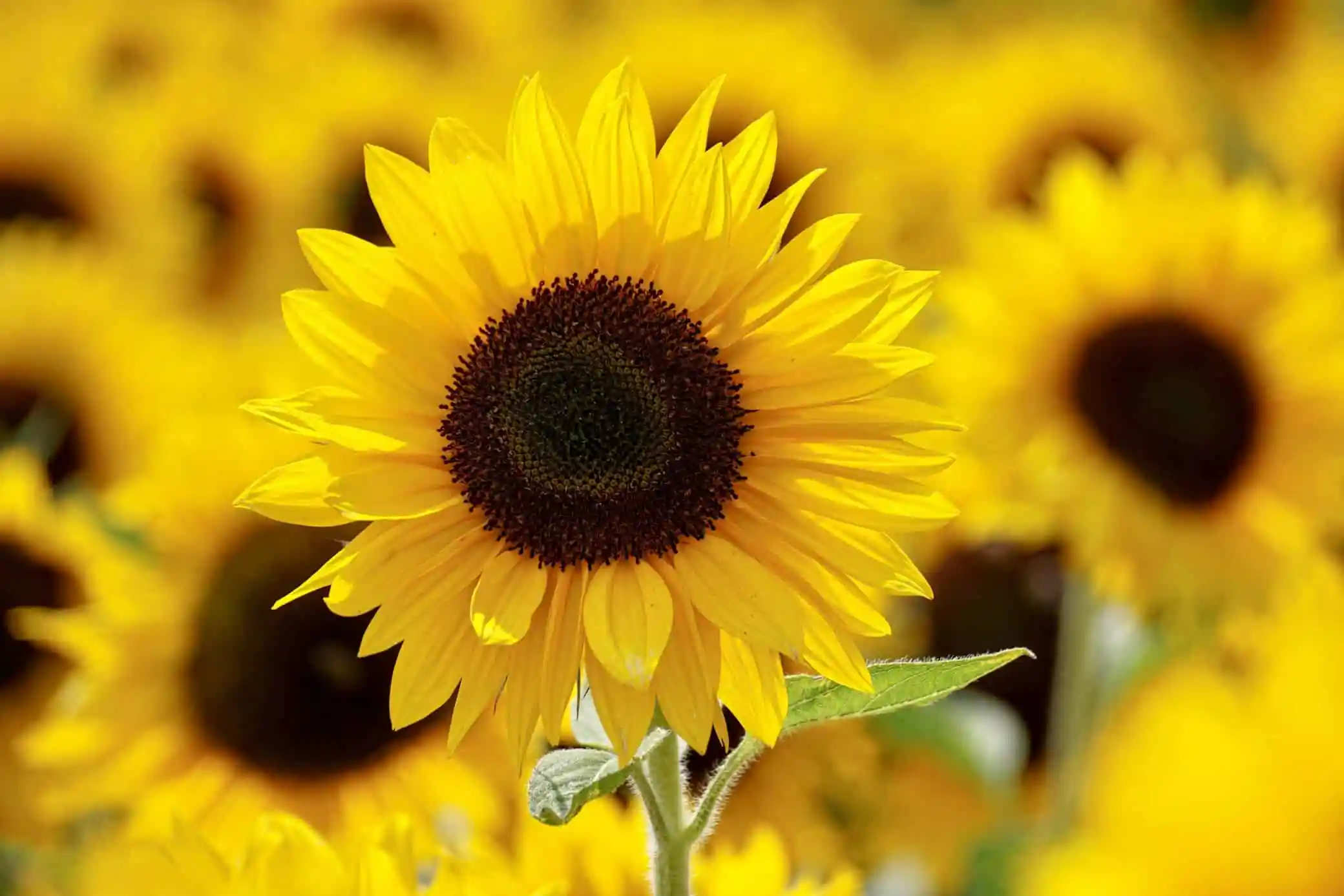

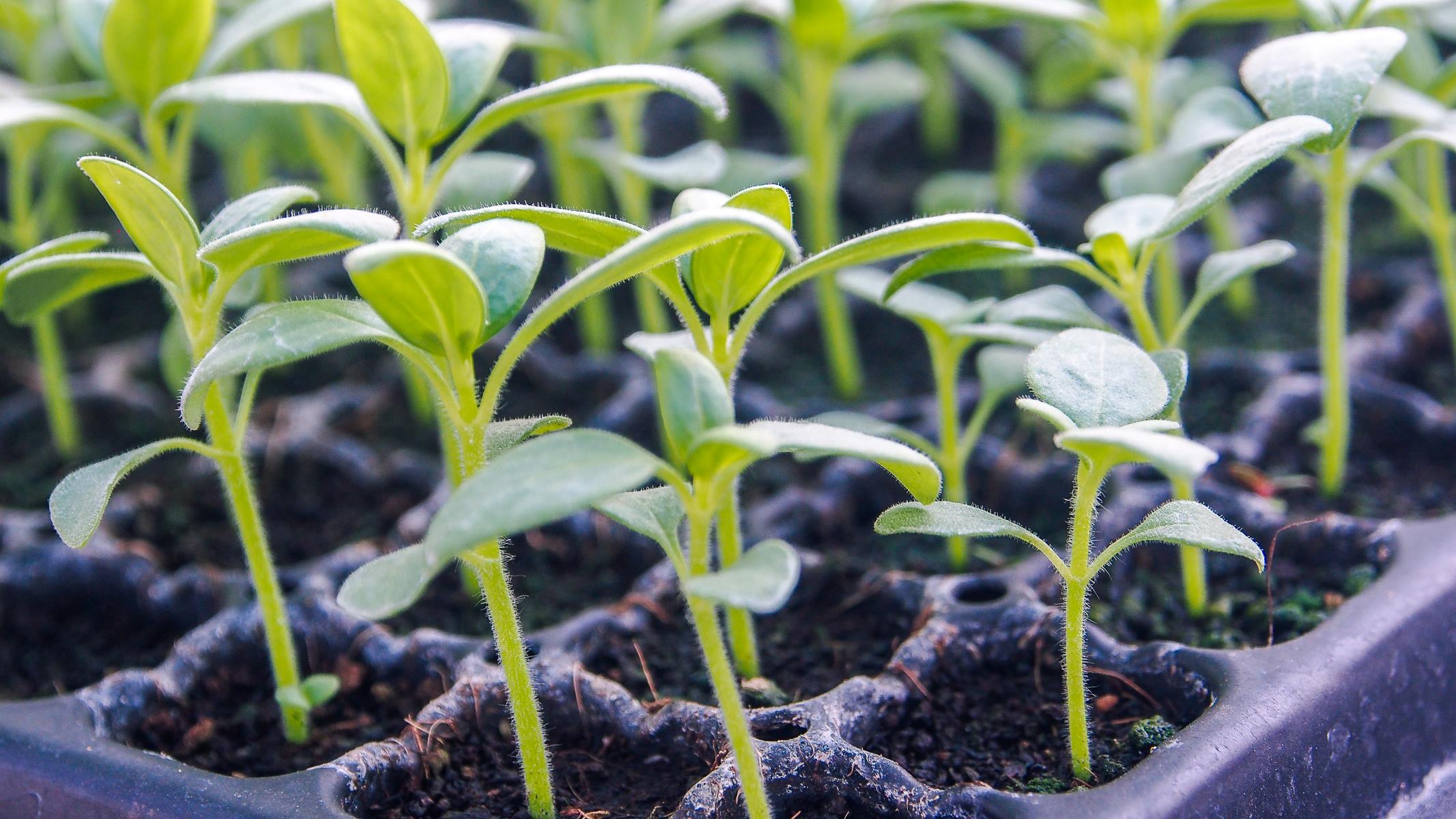
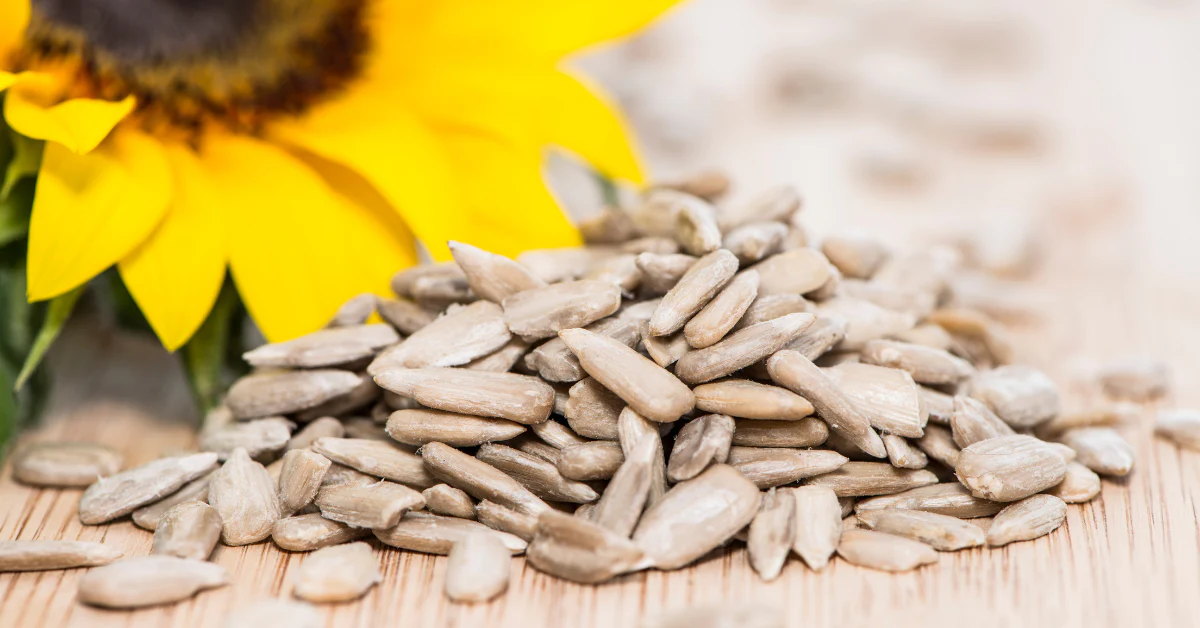
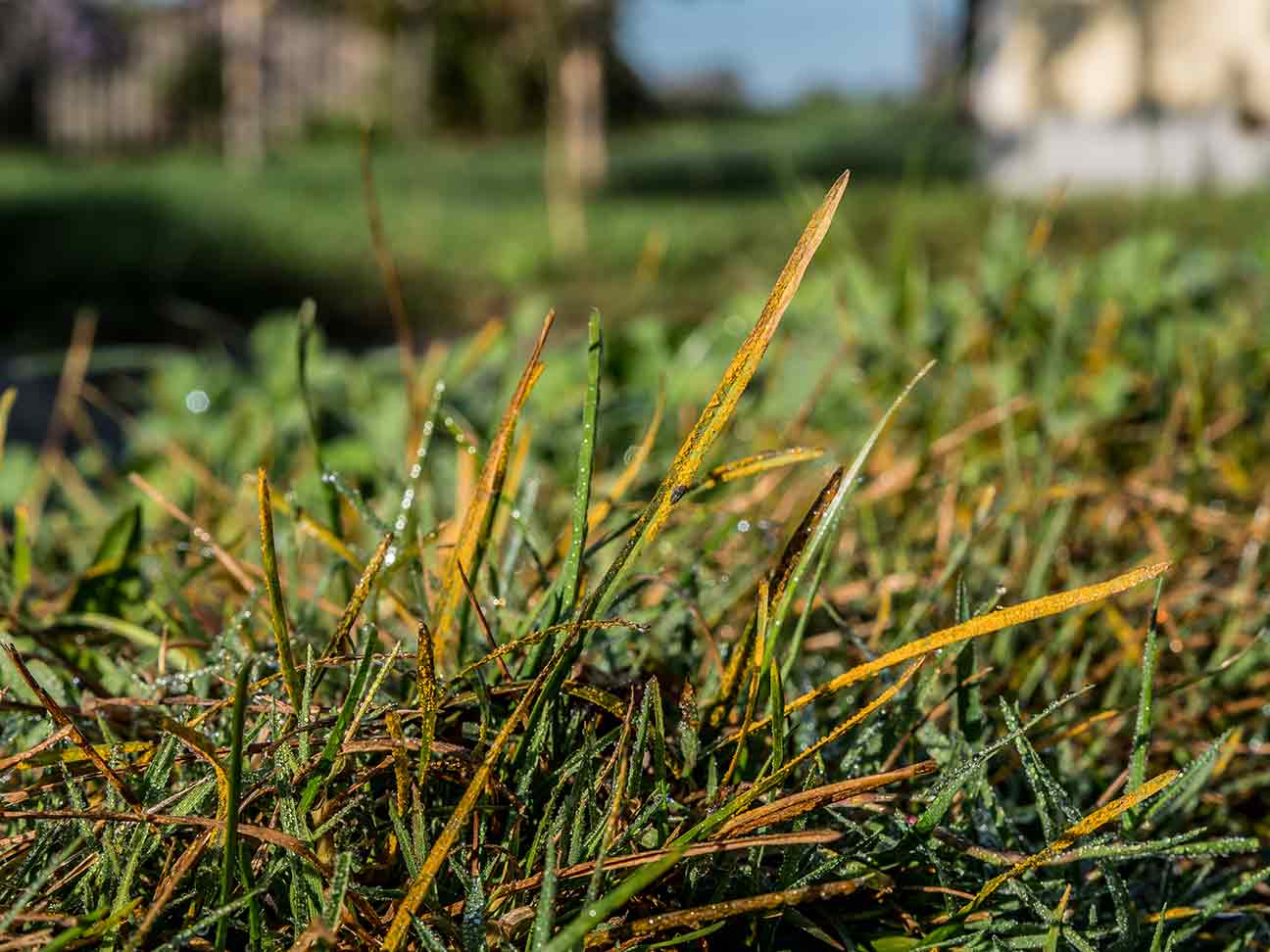

0 thoughts on “When Is Best Time To Plant Sunflower Seeds”